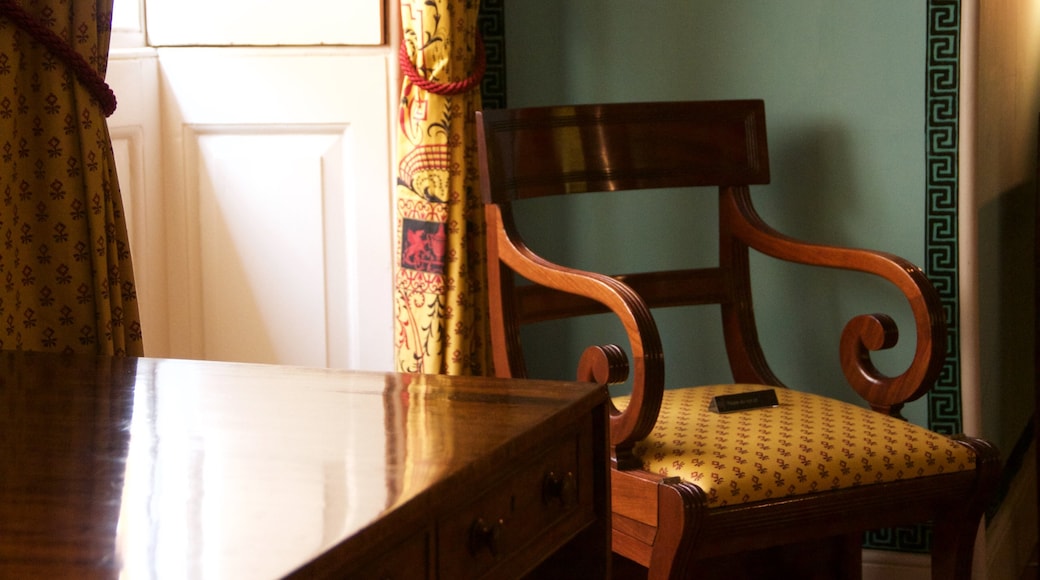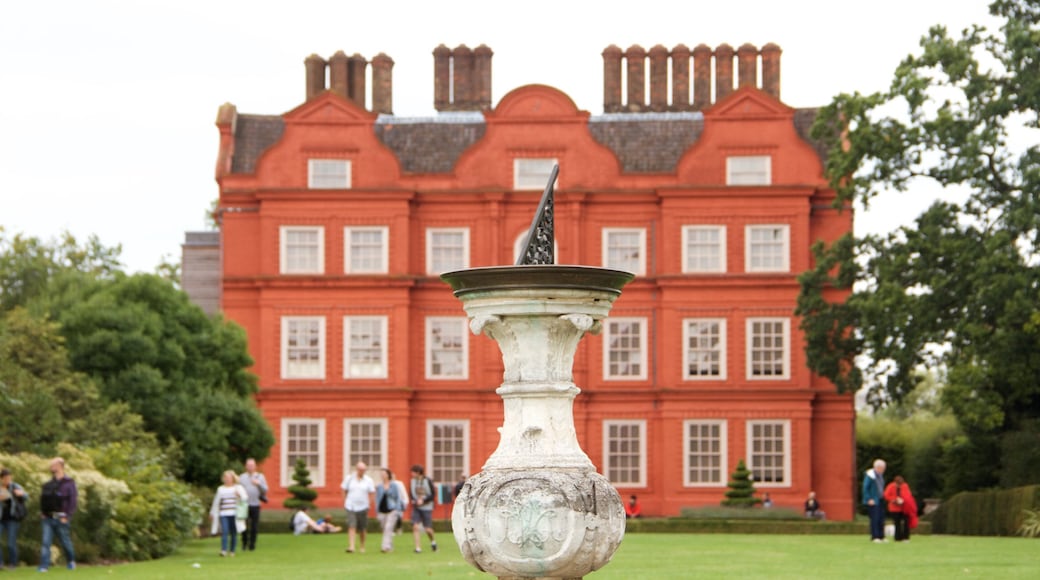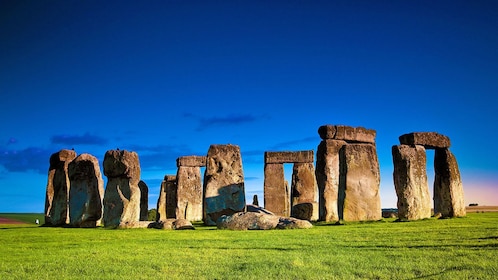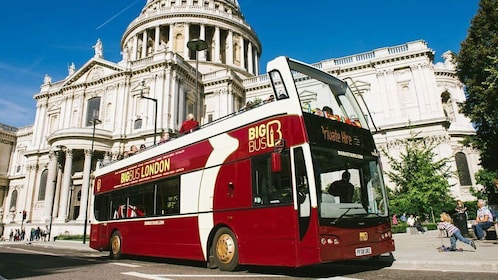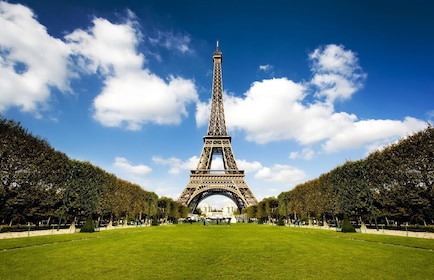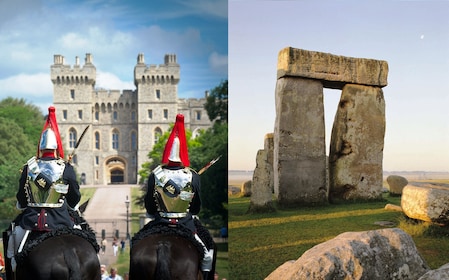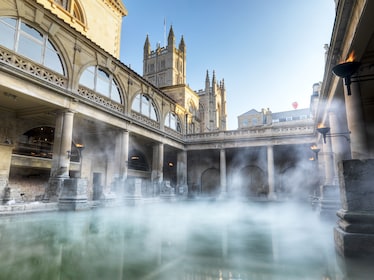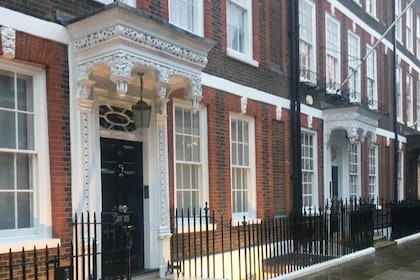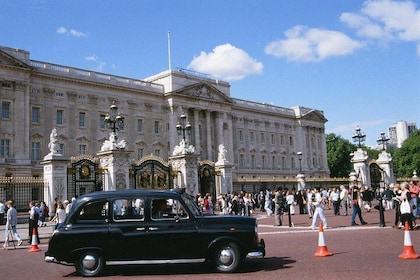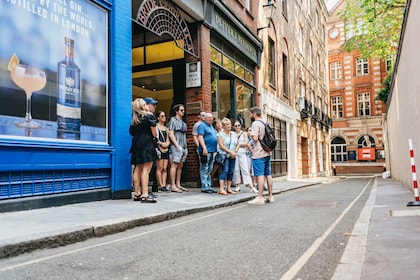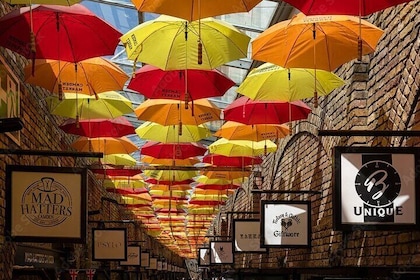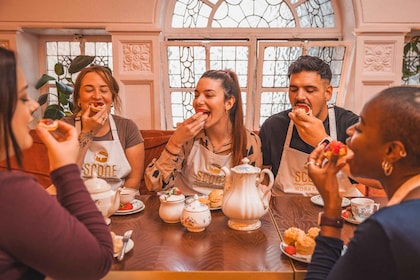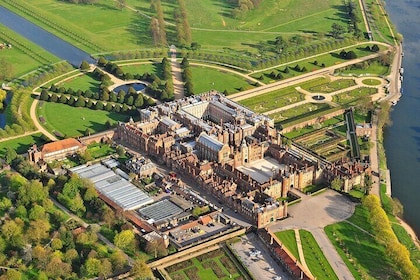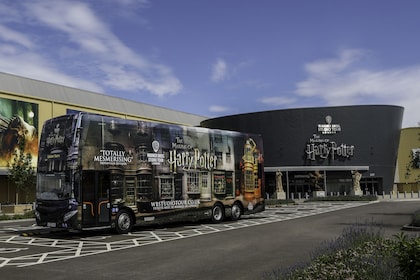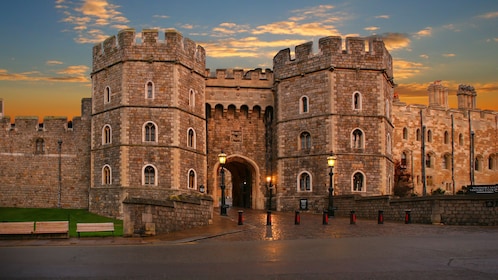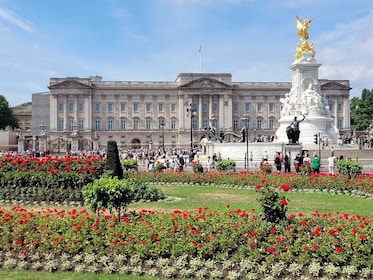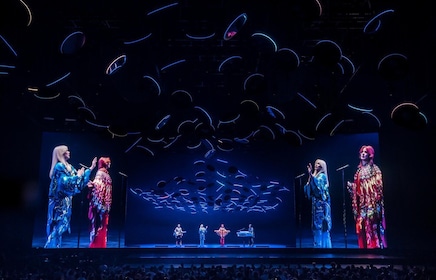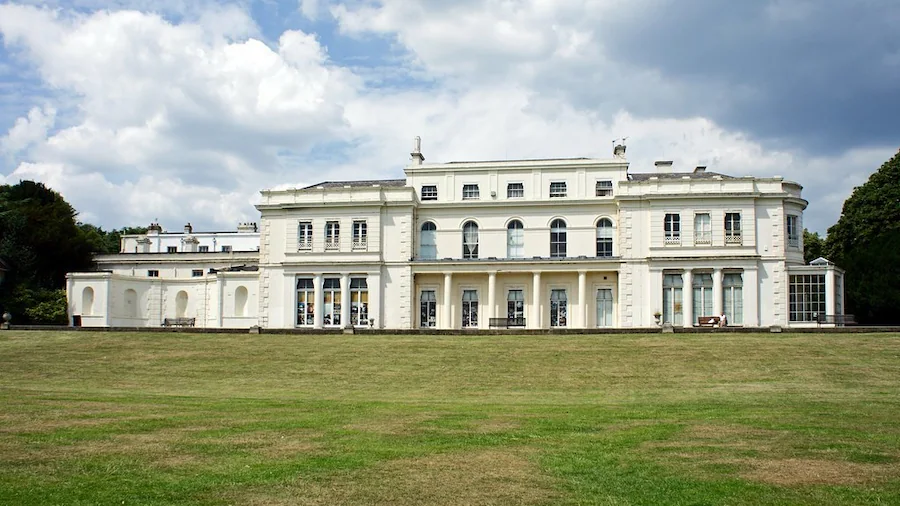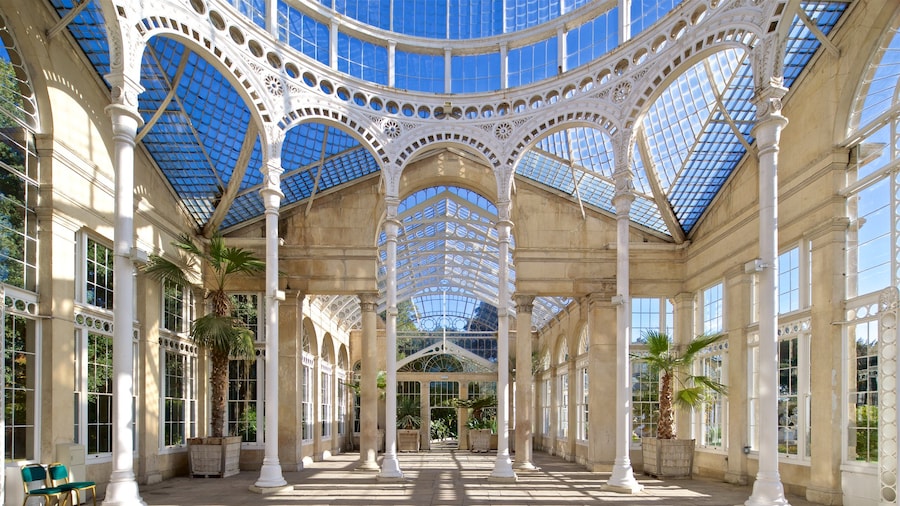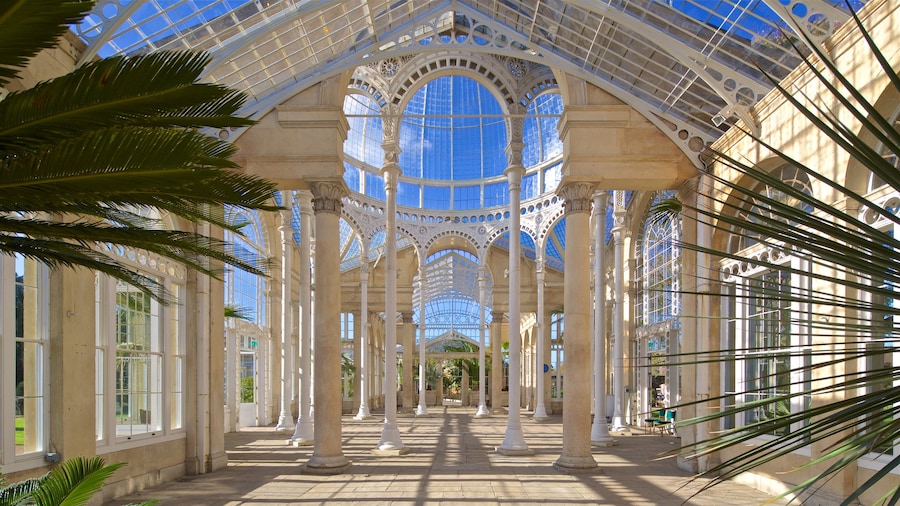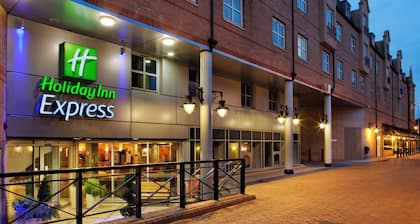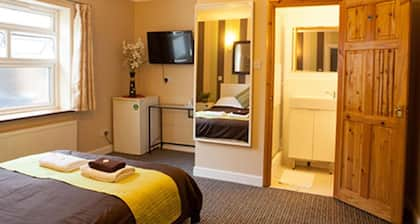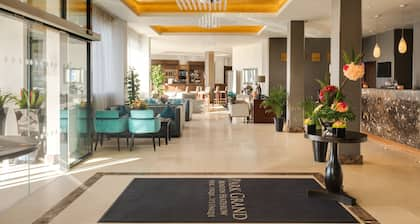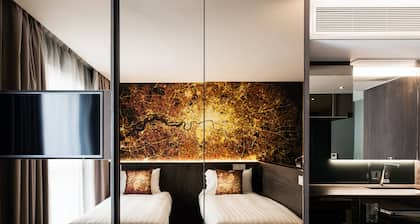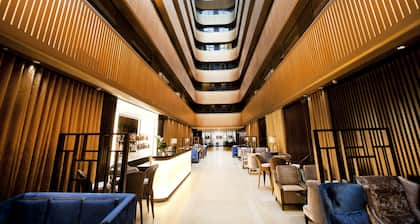Kew Palace provides intriguing insight into upper-class life between the 17th and 19th centuries. Explore recreated Georgian rooms and learn about this intimate palace’s former royal residents, including the notorious King George III.
The palace, originally known as Dutch House, was built in 1631 and later became a favorite of King George III and his family. It eventually served as a haven for the king when increasing episodes of insanity forced him to retreat from public life. After the king’s wife, Queen Charlotte, died in 1818 the residence remained empty for decades. Today, the palace is maintained by Historic Royal Palaces. Wander through the rooms, which have been recreated to resemble their appearance when the royal family spent their summers here.
On the ground floor of the palace, you’ll find an audiovisual display dedicated to the 15 children of King George III and Queen Charlotte. As you walk through the colorful early 19th-century-style rooms, look for a dollhouse that belonged to the family’s princesses as well as one of the king’s suits.
Head upstairs, where a number of rooms have been left unrestored to highlight the residence’s appearance during the years it sat abandoned. Be sure to check out the interesting People’s Library, which features interactive touch screens and additional literature about the building and its residents.
On weekends and Bank Holidays, it’s also possible to visit Queen Charlotte's Cottage. This comparatively rustic cottage was added to the property in 1770 and served as an informal setting for family meals as well as a venue for several weddings. Note the vines that are painted across the vaulted ceiling of the Picnic Room these are said to have been painted by Princess Elizabeth. The cottage is particularly charming in April, when it’s surrounded by blossoming bluebells.
Kew Palace is open from April to September and admission is included in the entrance fee for Kew Gardens. To get to the palace, take a bus, train or Tube to Kew Gardens station.


